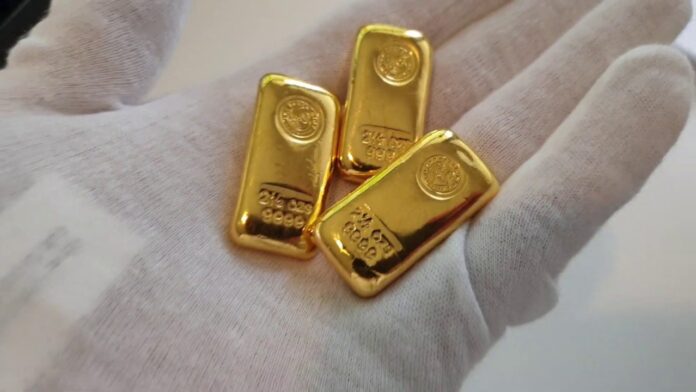
People have been casting metal for thousands of years now. Even though the technology has obviously developed greatly, the process itself is not that different from what it used to be in ancient times. When it comes to gold bars or any other kind for that matter, there are two main types – cast and minted.
As you can imagine, no two bars are completely the same and this is mainly to the casting process that is used. So, in this article, we are going to introduce you to both cast and minted bars and tell you about some differences between the two.
Cast bars

When it comes to these, you can say that they are made by a more or less traditional technique. Firstly, the mold is created to ensure that all bars are the same size, weight, and shape. Then, the gold is heated to an extremely high temperature, until it becomes liquid, and then it is poured into these molds. This is why this method of casting is also called “molding” or “pouring.”
It doesn’t take a lot of time for the gold to become solid again, so when it is completely cooled, it is taken out of the molds. Upon completing this process, the manufacturers stamp or engrave the bars with their company’s logo and some basic details. When it comes to the weight of these bars, they usually come in 1, 2 ½, 5, 10, 20, and 50 ounces.
Minted bars
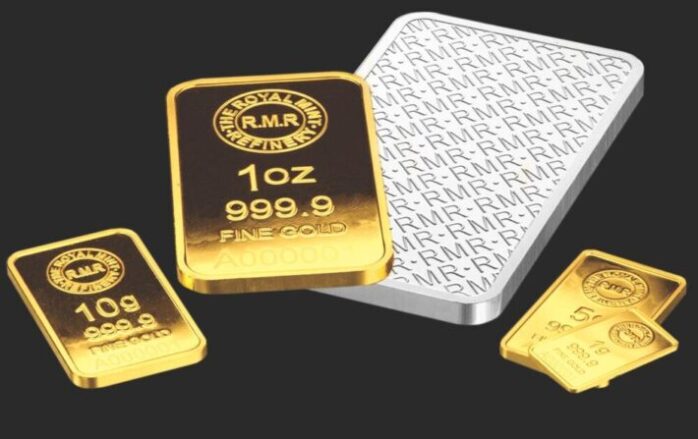
The main feature of these is that they have perfectly brilliant finish which provides them with that special shine. This is the reason why they are so popular nowadays. They have a fine design, so the fact that the process of making this is more difficult and time-consuming when compared to the former type is not surprising.
As you can imagine, this process is newer than the previous one, which is more traditional. Basically, in the beginning, after molding, the bars were fed to a machine that compressed them into a unique shape. This method is still used today, but not as often. Instead, manufacturers use so-called “continuous casting” machinery. Put in layman’s terms, the metal is cut into long strips that are of specific thickness and length, and then they are cut into precise length.
Generally speaking, this technique differs based on the type of metal that is caste – gold, silver, or platinum. Nevertheless, the entire process is quite complex, since it consists of numerous steps, which is why the price of minted bars is usually significantly higher than the cast, traditional ones.
What’s the difference?
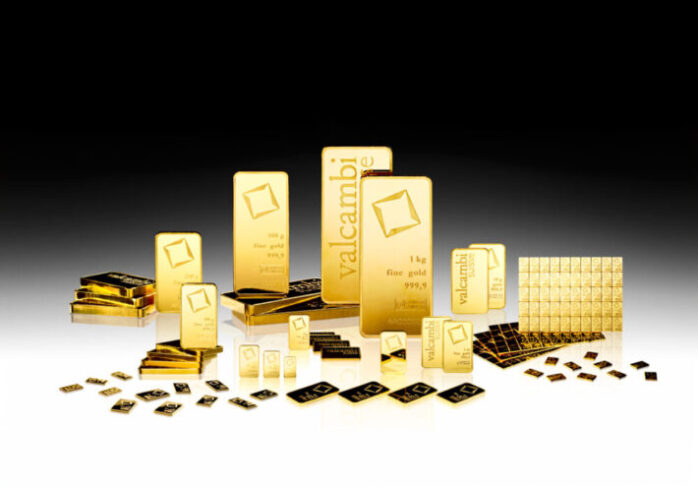
Now that we have introduced you to these two main types, we are going to discuss some main differences between them. You could say that we are going to give you the pros and cons of both of them, so this should help you choose which one you should buy.
General appearance

Let’s begin with something obvious, and something that you are probably most interested in – appearance. When it comes to the cast bars, no two are the same. This is something that provides them with the feature of originality. Due to the production technique, each bar has some small “imperfection”, which means that it is almost impossible to find two that are completely identical.
On the other hand, this is not the case with the minted ones. Since these are cut from long strips, as already explained, they have no marks on them, which is why they resemble the traditional image that we all have of gold bars. What’s more, if some kind of damage does occur, these are melted again and re-created.
Beauty
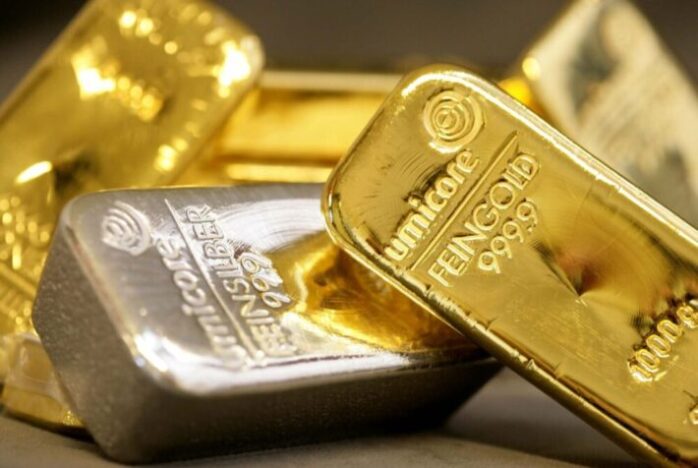
When it comes to this comparison, the minted ones take the win. Why? Well, the cast bar can be rough around the edges due to the production method, while minted ones look absolutely stunning. In addition, due to this quality, when it comes to packaging, cast ones are not very cared for since their appearance is not that important. Plus, they only include the stamp we have already mentioned and have that vintage vibe.
On the contrary, minted bars are handled very carefully. These are so valuable that if the packaging of it is open, the value decreases significantly. Additionally, due to the complex manufacturing process, these usually include intricate design and art, which only increase their beauty.
Value
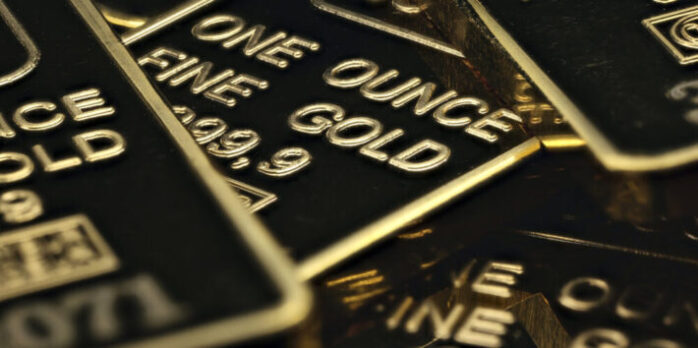
By now, you can probably assume which of these is more expensive. That’s right the minted bars are, and there are two reasons for it. First of all, the entire manufacturing process is more complicated, and since there are many steps, it takes longer when compared to the method used for the cast ones. Secondly, their beauty comes at a price. Visit the MyGold website to see the exquisite details that are added to these, and you will immediately understand why their price is so much higher.
The selling price
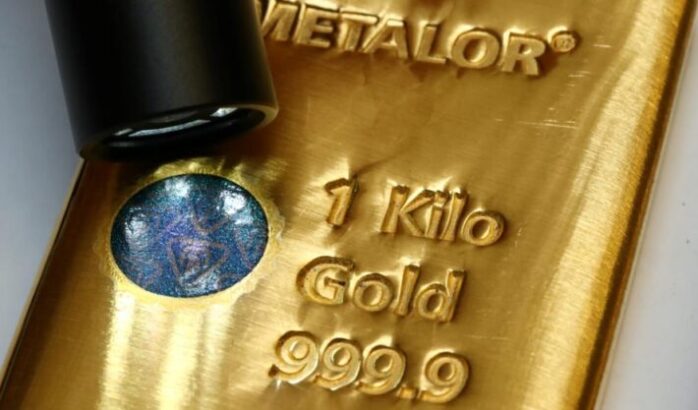
Naturally, if you are wondering which of these is easier to sell, the answer is the minted bars. Since they are more valuable than the other kind, you will be able to get a better price for them. Just don’t forget about the “no touching” policy.
Another thing that can determine this is to whom you want to sell it. For example, if you want to sell it to a smelter, they won’t care about its appearance and beauty, but instead, they will only be interested in the quality, since they are going to melt it and re-use it again.
On the other side of the coin, pun intended, if you want to sell it to a jeweler who will use the gold to create unique jewelry pieces, they will be more interested in its design. After all, they will not be able to sell it at a high price if there are any marks or damages on the gold, which is completely understandable. Due to this reason, the overall condition and appearance of the gold is something that you definitely have to consider when deciding to whom you should sell it.











